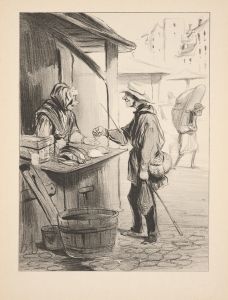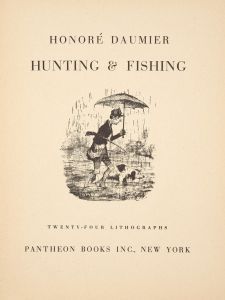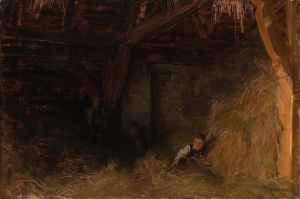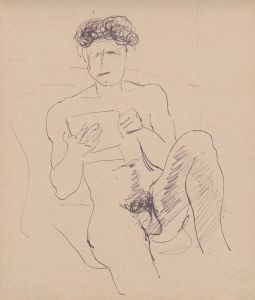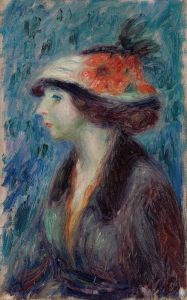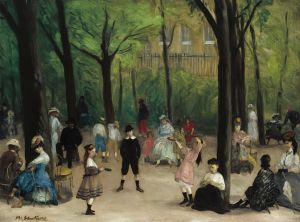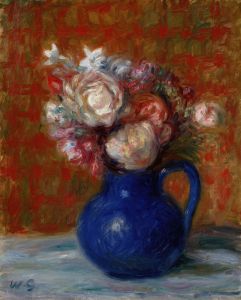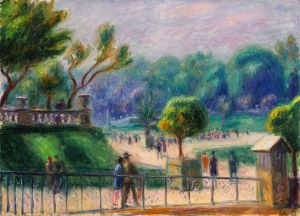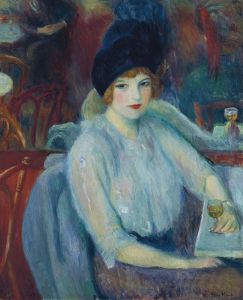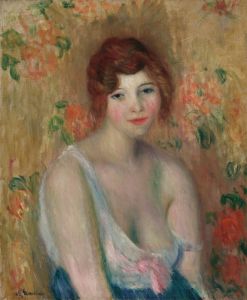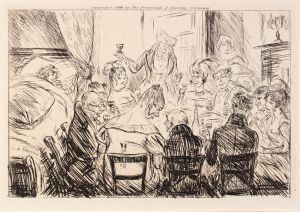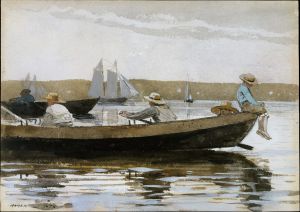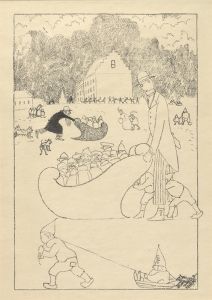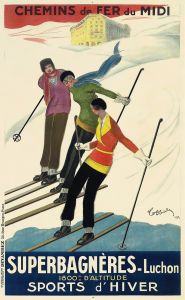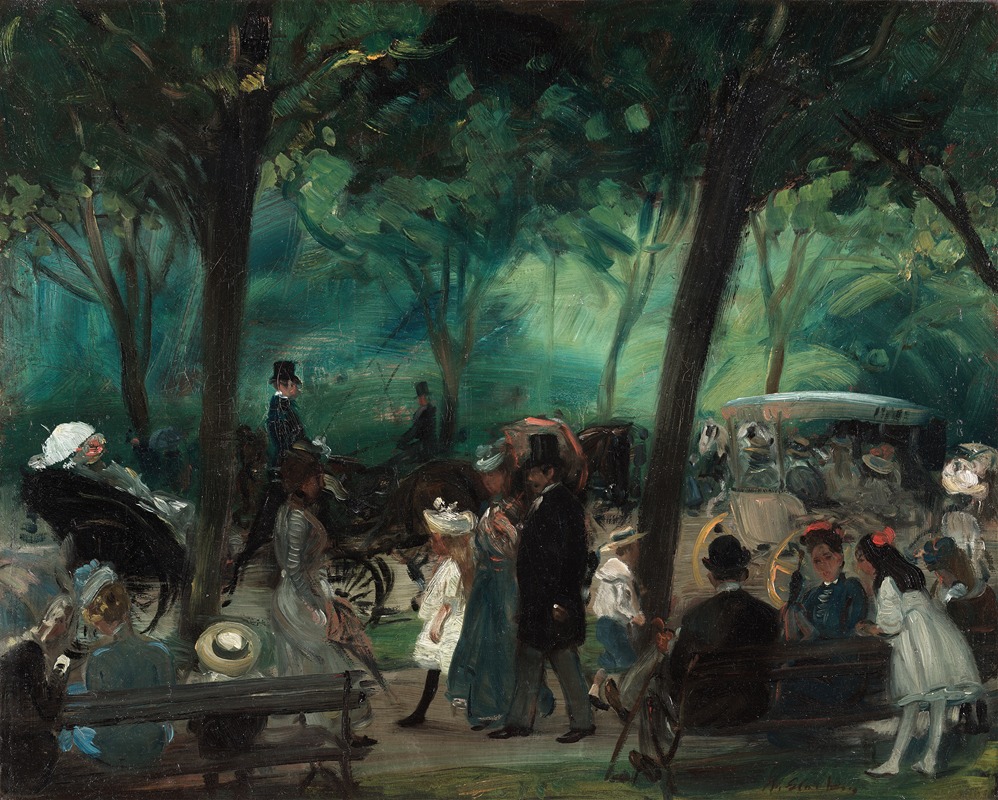
The Drive, Central Park
A hand-painted replica of William James Glackens’s masterpiece The Drive, Central Park, meticulously crafted by professional artists to capture the true essence of the original. Each piece is created with museum-quality canvas and rare mineral pigments, carefully painted by experienced artists with delicate brushstrokes and rich, layered colors to perfectly recreate the texture of the original artwork. Unlike machine-printed reproductions, this hand-painted version brings the painting to life, infused with the artist’s emotions and skill in every stroke. Whether for personal collection or home decoration, it instantly elevates the artistic atmosphere of any space.
"The Drive, Central Park" is a painting by the American artist William James Glackens, who was a prominent figure in the Ashcan School of art. Glackens was known for his vibrant use of color and his ability to capture the dynamic energy of urban life in the early 20th century. This particular painting is a testament to his skill in depicting scenes of everyday life with a sense of immediacy and vitality.
William Glackens was born in Philadelphia in 1870 and began his career as an illustrator for newspapers and magazines. He later transitioned to painting, becoming associated with a group of artists known as "The Eight," who were instrumental in bringing a more realistic and gritty portrayal of American life to the art world. Glackens' work often focused on scenes of leisure and entertainment, reflecting the changing social landscape of the time.
"The Drive, Central Park" captures a moment in New York City's Central Park, a popular location for both residents and visitors seeking respite from the bustling city. Central Park, designed by Frederick Law Olmsted and Calvert Vaux, was intended as a democratic space where people from all walks of life could enjoy nature and recreation. In Glackens' painting, the park is depicted as a lively and colorful scene, filled with people enjoying a leisurely drive.
The painting showcases Glackens' characteristic style, which combines elements of Impressionism with a more modern sensibility. His use of bold, vibrant colors and loose brushwork creates a sense of movement and energy, drawing the viewer into the scene. The composition is carefully balanced, with figures and carriages arranged in a way that guides the eye through the painting, capturing the bustling activity of the park.
Glackens' work is often compared to that of his contemporaries, such as John Sloan and George Bellows, who were also members of the Ashcan School. However, Glackens' focus on color and light sets him apart, as he was more influenced by the French Impressionists, particularly Pierre-Auguste Renoir. This influence is evident in "The Drive, Central Park," where the play of light and shadow adds depth and dimension to the scene.
Throughout his career, Glackens remained committed to depicting modern life with honesty and vibrancy. His paintings offer a window into the social and cultural changes of the early 20th century, capturing the spirit of an era marked by rapid urbanization and transformation. "The Drive, Central Park" is a quintessential example of Glackens' ability to convey the joy and vitality of everyday moments, making it a significant work within his oeuvre.
Today, Glackens' paintings are held in numerous public and private collections, and he is recognized as a key figure in American art history. His work continues to be celebrated for its contribution to the development of modern art in the United States, and "The Drive, Central Park" remains a beloved piece that exemplifies his unique artistic vision.





